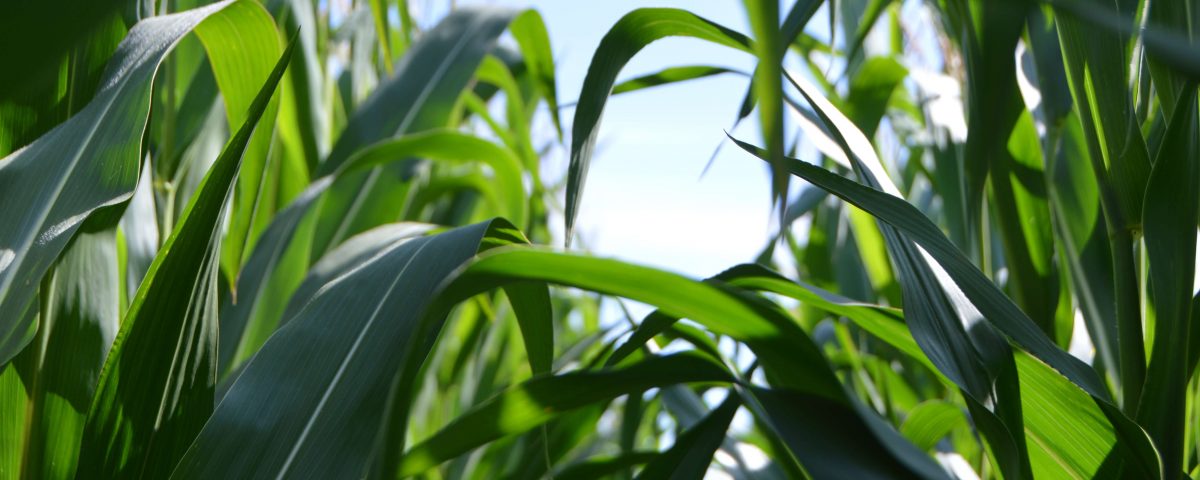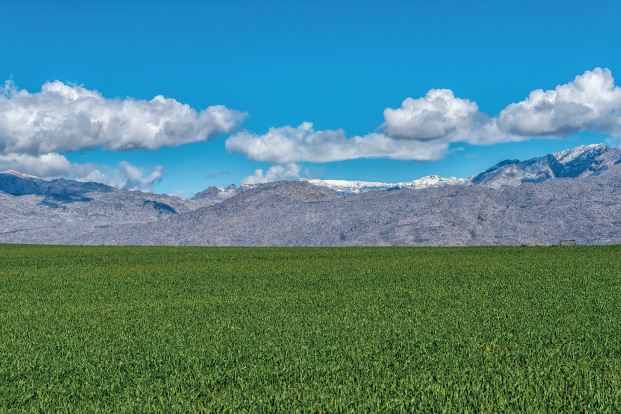Predicting the El Niño effect

R46m for North West smallholder farmers
November 1, 2018
Watch out for gerbils during summer grain production season
November 7, 2018
Admittedly, it is too early to tell how most Southern African countries will cope with the expected weak El Niño in the summer season. Typically, an El Niño weather phenomenon would lead to drier weather conditions in most countries on the continent, almost similar to what we witnessed in the 2015-16 drought years.
However, when it is weak, as expected, the impact could be minimal.
Although the weather can affect all agricultural activities, the most important crop to give us a better sense of how the African region weathers the forecast El Niño would be maize – a starchy staple crop for many countries.
In this regard, if the recent data from the International Grains Council is anything to go by, it will probably give us pointers on how agricultural production will pan out in the 2018/19 production season. Last week the Council estimated sub-Saharan Africa’s maize production at 69 million tonnes, down by 7% from the 2017/18 production season. As can be expected, the anticipated decline in regional maize production will be mostly underpinned by the key maize producing countries of the continent, namely, Malawi, South Africa, Zambia and Zimbabwe (albeit not a major player in the regional maize market).
SA, Malawi and Zambia
In the case of Malawi, the Council forecasts 2018/19 maize production at 3.0 million tonnes, down by 14% from the previous season. Assuming there will not be any exports, and this production forecast materialises, Malawi would have sufficient maize supplies until the beginning of 2020, as its annual maize consumption is about 3.0 million tonnes.
South Africa is the same story: 2018/19 maize production is estimated at 12.3 million tonnes, down 9% year-on-year (commercial and non-commercial maize) from anticipated lower yields on the back of the forecast El Niño weather phenomenon later in the summer. This production decline comes despite an expected increase in area planted.
To be clear, with a harvest of 12.3 million tonnes, South Africa would remain a net exporter of maize until April 2020. By and large, as a country, we consume about 10.8 million tonnes of maize a year and we will probably have about 3.3 million tonnes of stocks when the 2019/20 marketing year starts in May 2019.
If we add the expected production of 12.3 million tonnes to the potential 3.3 million tonnes of stocks, South Africa’s maize supplies will be in good shape over the next two years, all else being equal.
Zambia is also expected take a knock in the 2018/19 production season, to roughly 2.4 million tonnes, which is 33% lower than the previous season. This, however, will not make Zambia a basket case or a net importer of maize, especially if we account for its carryover stocks of about 816 000 tonnes, according to data from the United States Department of Agriculture. Remember, Zambia’s maize consumption is roughly 2.4 million tonnes, so the aforementioned volumes should be sufficient, if there are no exports.
Click HERE for the full report.
Sourced: fin24.com



